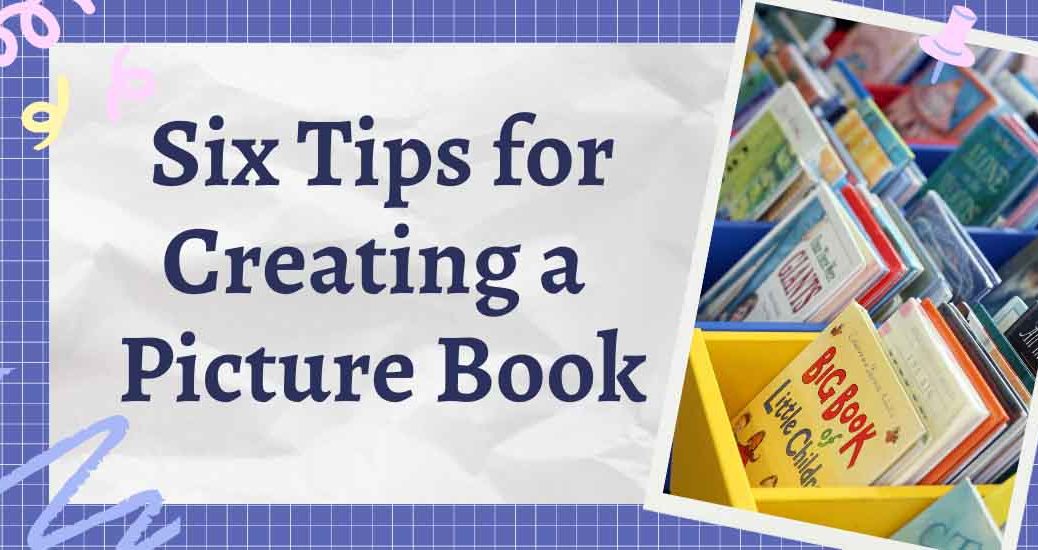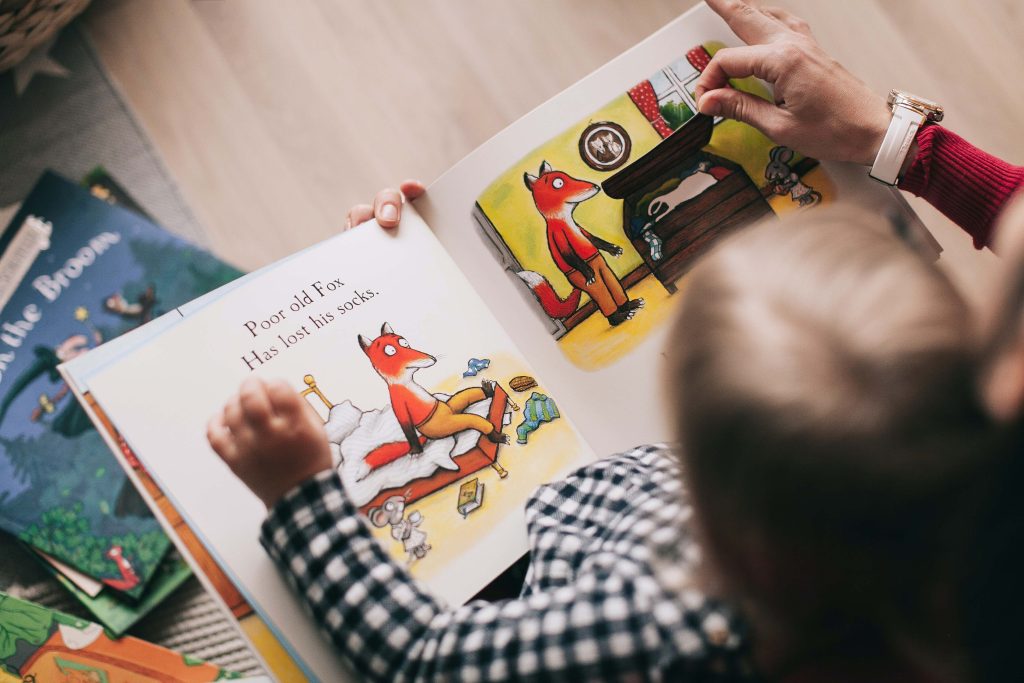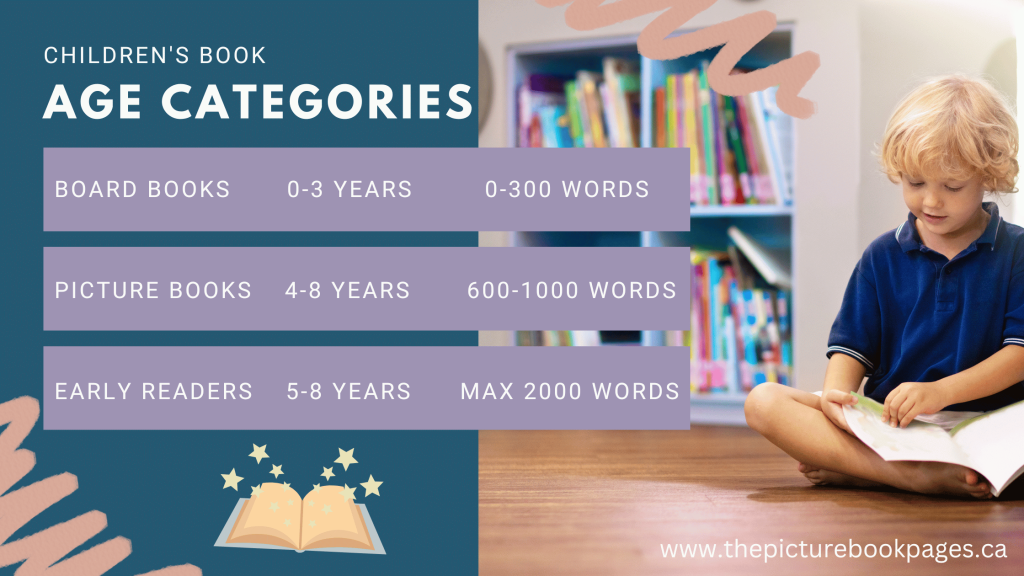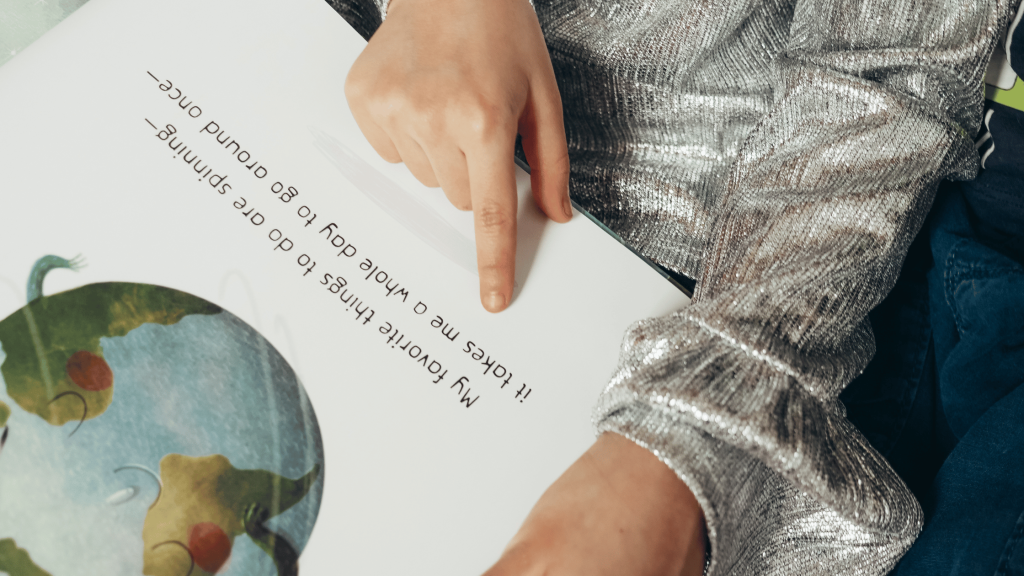
Six Easy Tips for Creating a Picture Book

Steps to help you start your first picture book
Thirty-two pages. That’s the industry standard for the number of pages in a children’s picture book. While it might not seem like a vast quantity of pages to fill, there are a number of things to consider if you want to create a successful picture book that resonates with both children and their parents alike. In order to give you a running start, I am going to lay out six tips for creating a picture book.
The keys to writing a successful picture book
According to Penguin Books, picture books are often designed for young children who are in preschool or in the first few years of primary school. Depending on the target age, these types of books have fewer than 1,000 words and are designed to be read aloud.
However, if you’re reading this, you’ll know that just because picture books are short, it does not mean they’re simple and straightforward to create.
Here are six tips for creating a picture book
In order to help you on your journey in making a picture book that stands out from the rest, I am going to lay out six simple tips for creating a children’s picture book.
- Refine the message
- Choose your target age
- Create memorable characters
- Perfect the text
- Use engaging illustrations
- Design an eye-catching cover
1. Refine the message of your picture book
Some of the best picture books I have read to my own children and reviewed for this blog have had outstanding messages. Picture books are a great opportunity to address problems and issues that impact children but in a format that is easy and approachable for their age.
One study found that picture books can be a ‘way-in’ to address difficult topics with children and be a tool to help them delve into complex issues that require sophisticated thinking. Some of these topics might include:
- Grief and bereavement
- Divorce and separation
- Illnesses and learning differences.
Many picture books are about overcoming a problem and others might be educational or inspiring and help children learn about attachment, overcoming challenges, friendship and fears.
Whatever message or topic you focus on, it’s important that your picture book connects with your audience and tells a great story.
2. Choose your target age
Once you know the message you’re going to convey in your picture book, select the age group you are going to be writing for.

Board books are a sturdy option for children ages 0-3 and they often have between 0 to 300 words. Some well-known books that fit this category include:
- The Going to Bed Book by Sandra Boynton
- The Very Hungry Caterpillar by Eric Carle
- Goodnight Moon by Margaret Wise Brown
Picture books are often designed for children between the ages of four and eight years old and they have been 600 to 1000 words. Some well-known books that fit this category include:
- The Day the Crayons Quit by Drew Daywalt
- Giraffes Can’t Dance by Giles Andreae
- Goodnight, Goodnight Construction Site by Sherri Duskey Rinker
Choosing the age range for your book will help you write and refine an appropriate amount of text.
3. Create memorable characters
The next step is to create a memorable main character. The characters will make or break the success of your picture book. They need to be relatable, lovable and able to convey the message you’re hoping to get across.
In this stage, spend time developing the characters so that they act and sound just like real people. If you spend enough time on development, the character might be able to carry you through an entire series of books.
Here are examples of picture books with popular and memorable characters that were carried though multiple series:
- Curious George by H.A. Rey
- Pete the Cat by Eric Litwin
- If You Give a Mouse a Cookie by Laura Joffe Numeroff
- Olivia by Ian Falconer
If you need help with character development, Writer’s Digest takes a look at some of the important elements you need to establish.
They say there are five fundamental things you should know about your character:
- Name
- Birthday and Age
- Appearance
- Relationships
- Personality
If you can answer all of these questions then you are well on your way to creating a memorable and relatable main character.

3. Perfect the text
When writing your story, you’ll want to consider the point of view, tense and whether your story will be written in rhyme or verse.
You should also consider how your story sounds being read out loud and whether you’re planning on using any literary devices such as repetition. Another thing to think about is the look and layout of the text on each page.
Once you have completed a first draft, you’ll want to begin with having friends, family and kids read your work and offer feedback and critiques. Do they like the story? Does it make sense? What works and what doesn’t? Revise your script over and over until it’s exactly how you want it.
Next, you can move onto the editing stage. You’ll need to decide whether you will self-edit or hire an editor for this process.
If you’re going to try it yourself, Writers on the Move offers some useful tips to self-edit your picture book. They suggest checking your text for clarity and redundancy, tightening your writing to get rid of extra words, checking spelling, punctuation and grammar and watching for story consistency.
5. Use engaging illustrations
Illustrations play a major role in children’s picture books. Studies have found pictures help children remain engaged in the book and they also play a role in how children comprehend and remember the message.
There are four types of children’s book illustrations you can consider when putting together a picture book, according to Get Your Book Illustrations:
- Spot illustration
- Half-page illustration
- Single (full) page illustration
- Spread illustration
You will also need to decide if you’ll be creating the illustrations yourself or paying an artist or illustration service to complete this task for you.
6. Design an eye-catching cover
An eye-catching cover is the icing on the cake for your newly created picture book. The book cover matters, according to some studies, because 40 per cent of picture book purchases are impulse buys.
This means your cover needs to stand out from the rest of the books on the shelf if you want it to sell.
Self-Publishing School says there are five main points to consider when designing a book cover:
- Focus on the big picture
- Strong composition
- Intriguing focal point
- Clear title and subtitles
- Keep it simple
If you focus on these areas you’re sure to have an eye-catching cover for your picture book.
What makes a good picture book?
There you have it. Those are my top six tips for creating a picture book. If you refine the message, choose your target age, create memorable characters, perfect the text, use engaging illustrations and design an eye-catching cover you will be well on your way to creating a successful picture book.
Happy writing!